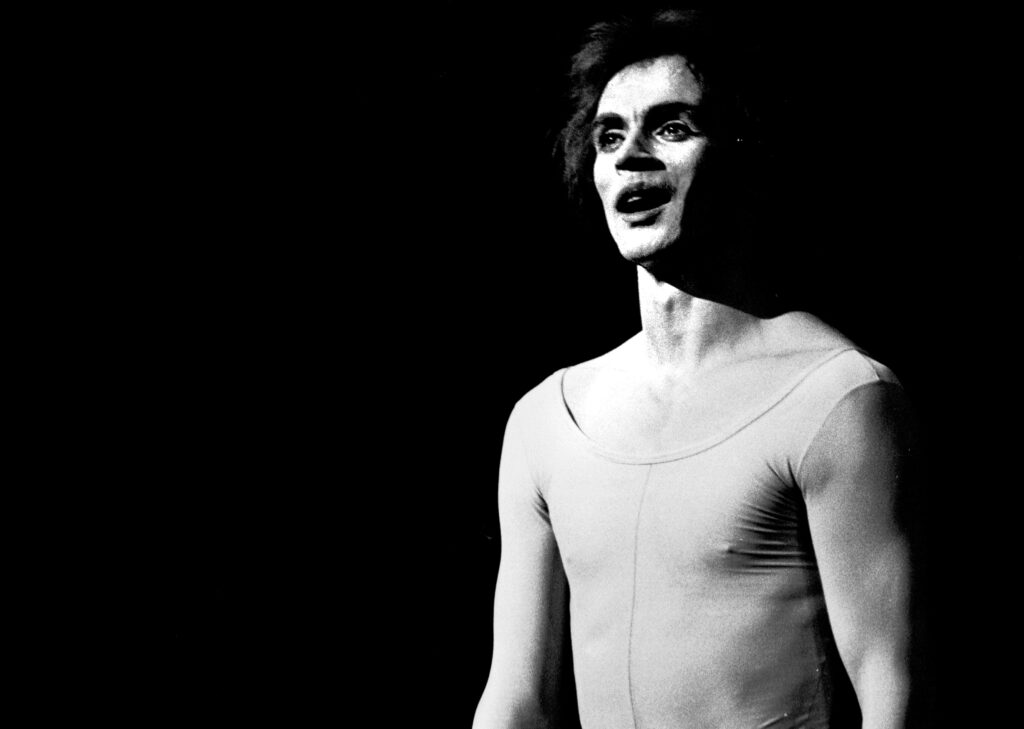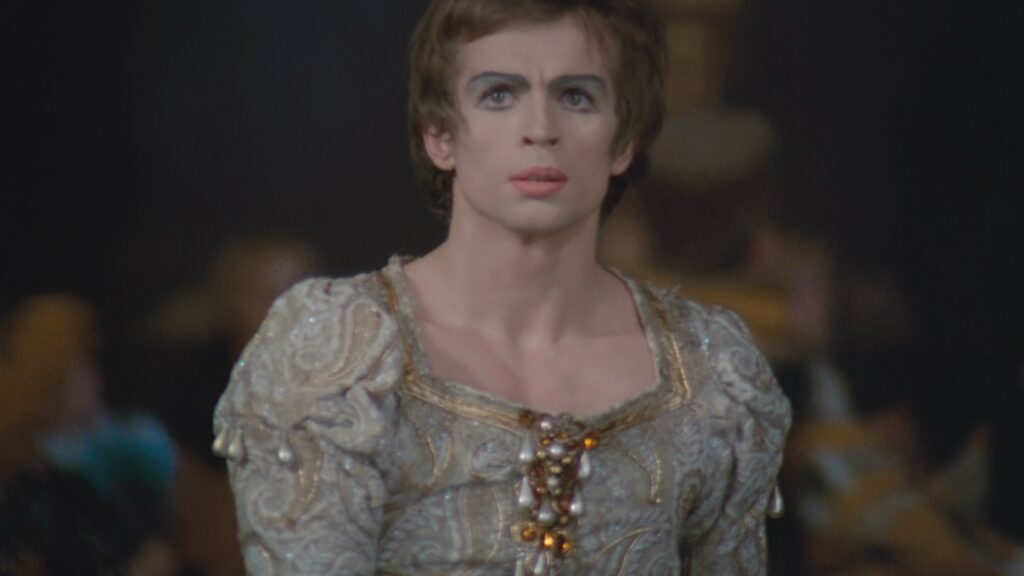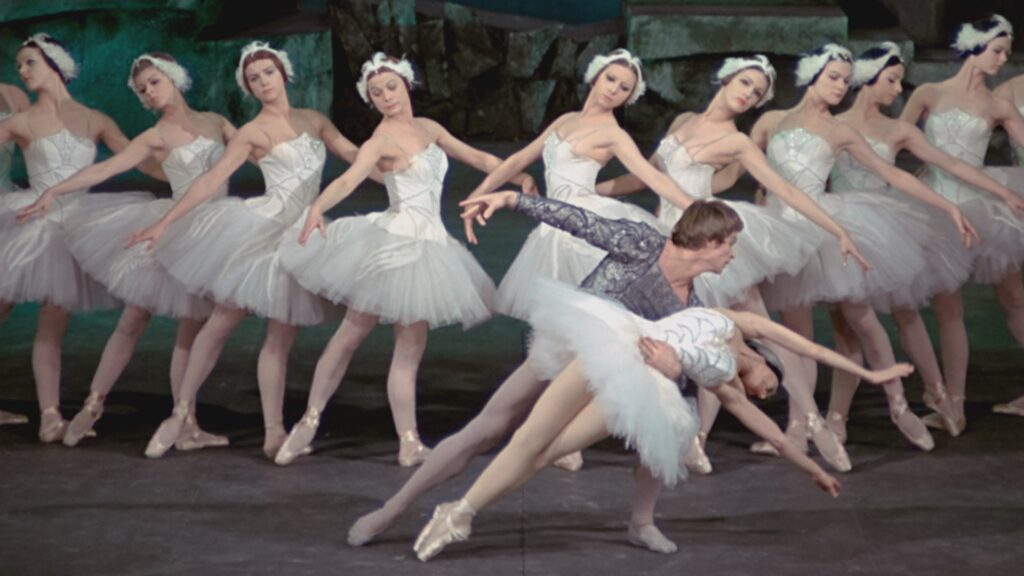Magic Moments of Music | Rudolf Nureyev's Swan Lake
A film by Anne-Kathrin Peitz, ZDF/arte and UNITEL, 52 minBallet history was made at the Vienna State Opera on 15 October, 1964. The event is a performance of Swan Lake choreographed by Russian dancer Rudolf Nureyev, who also took on the male lead role of the Prince – all at just 26 years of age. His partner is 45-year-old British prima ballerina Margot Fonteyn. His version of Tchaikovsky’s ballet classic story would go on to make Rudolf Nureyev the dance icon of the 20th century.

An incredible 89 curtain calls (and a corresponding entry in the Guinness Book of Records) is testament to the ballet history that was written at the Vienna State Opera on October 15, 1964. The event is a performance of Swan Lake choreographed by Russian dancer Rudolf Nureyev, who also took on the male lead role of the Prince – all at just 26 years of age.
His partner is 45-year-old British prima ballerina Margot Fonteyn. Less than two hours later, the world-famous love story ends not with the traditional happy ending but with the death of the Prince. His version of Tchaikovsky’s ballet classic story would go on to make Rudolf Nureyev the dance icon of the 20th century.
His choreography for the Vienna State Opera Ballet and the Vienna Symphony Orchestra under John Lanchbery is one of the most well received of all time and is still in the repertoire of the Vienna State Opera. To this day, the technically extremely demanding choreography is danced with reverence by the generations that followed Nureyev, who are inevitably measured against the legendary dream couple of classical pointe dance, Rudolf Nureyev and Margot Fonteyn.
In his novel interpretation of Swan Lake, Nureyev revolutionises the role of the male dancer: no longer content to be the mere porteur, a “hoist” for the prima ballerina, he seeks to be her equal counterpart. And so he places the male role – and thus himself – at the very heart of the dance fairy tale. He adapts the original production by Marius Petipa and Lev Ivanov to his own tastes and includes, among other things, an extremely melancholic solo, which is now standard in every contemporary production.


Nureyev’s reading of the ballet shows not only a deep understanding of Tchaikovsky, whose homosexuality alienated him from society, but also has autobiographical leanings. Nureyev had experienced himself the pain of rootlessness, loneliness, the loss of loved ones, and the revolt against social conventions, which spurred the homosexual dancer to become the first artist to flee the Soviet Union to the West in 1961, an act of courage that brought him instant international notoriety.
This great moment in music includes the painstakingly restored 4K version of the legendary ballet recording, while the documentary passages with Nureyev reveal and make tangible this exceptional and fascinating personality. In newly filmed conversations, former dancers and companions, including Charles Jude, French “Let’s Dance” jury member Marie-Claude Pietragalla and biographer Julie Kavanagh, all have their own personal memories of the iconic figure. Michael Birkmeyer and Gisela Cech, who danced alongside Nureyev at the premiere of Swan Lake, take stock of this unforgettable evening of dance, while young artists such as the principal dancer of the Berlin State Ballet, Polina Semionova, choreographer Eric Gauthier and director Kirill Serebrennikov, look back at Nureyev and his work from the perspective of today.


